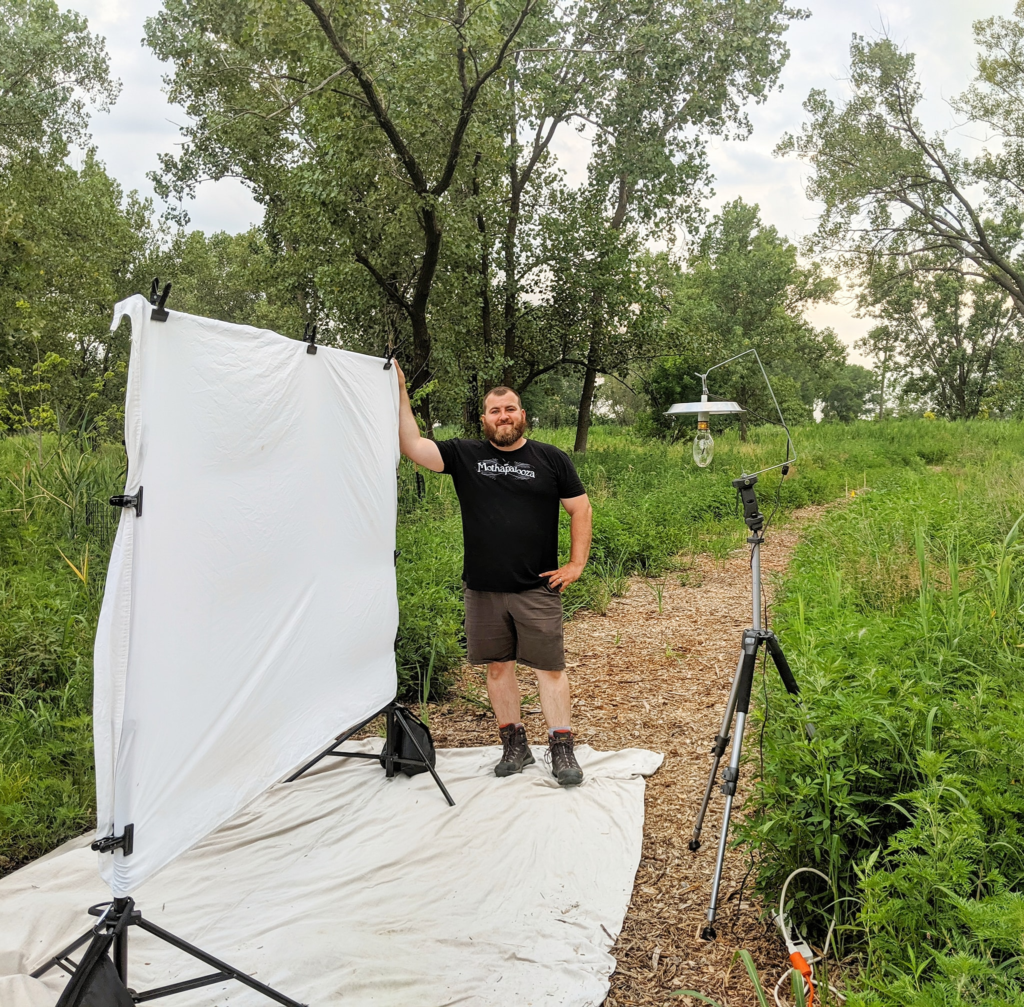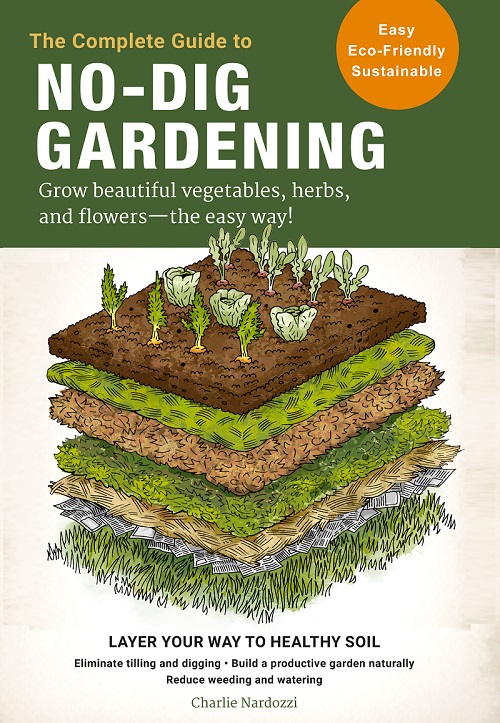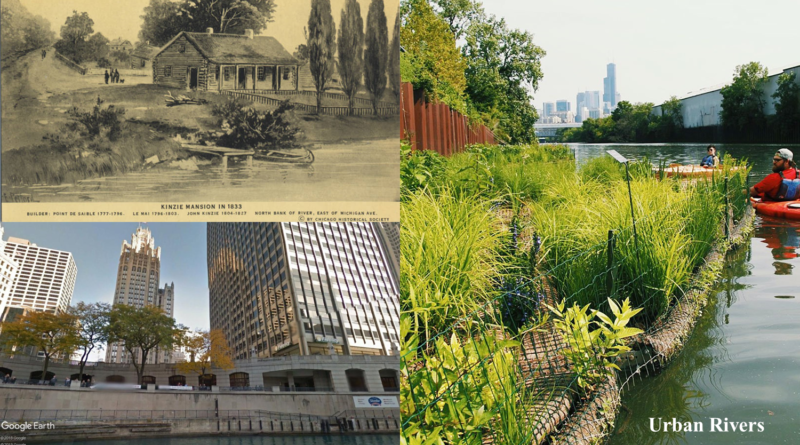Wild Things Invade(s) Chicago Again
Podcast: Play in new window | Download (Duration: 2:00:13 — 56.3MB)
Subscribe: Apple Podcasts | Spotify | Android | iHeartRadio | Podchaser | Email | TuneIn | RSS | More
(February 14, 2021) If you can find another event quite like the biennial Wild Things Conference, I’d like to know what it is. It usually happens (in a non-pandemic year) over the course of a weekend. Stewards, monitors, advocates, educators, volunteers, and citizen scientists of all types gather together to participate in seminars and workshops about the flora and fauna of the prairies, woodlands, wetlands, wild yards, and natural parks of northeast Illinois, northwest Indiana, and southeast Wisconsin.

Here are the basics. The theme this year is Staying Connected Through Nature in the Chicago Region. The conference is in 2 parts from February 19-28, with 50 sessions, both live and streaming. Each part (three days) costs $15. For six whole days of great information, the cost is only $30! Register at wildthingscommunity.org.
There’s so much to learn that you’ll have a hard time choosing which sessions to attend. Peggy and I learned that long ago. Like pretty much everything for the past year, the 2021 Wild Things Conference will be a virtual event. But, in a change from previous years, the sessions will not be concurrent. And it will be presented over two weekends. So grab your calendars and strap in!
You can sign up for Part 1: February 19-21 or Part 2: February 26-28. We’re not going to list all of the Wild Things sessions; that would be madness. But we will list some of the subject matter.
- How COVID is Helping to Improve the Local Food System for People, the Land, and the Economy
- The Oak Ecosystem Recovery Plan
- Northern Illinois Dragonflies
- All About Illinois Bats
- Singing Insects
- Nature-themed Board Games
- Sourcing Climate Resilient Seed
- Arbuscular mycorrhizal fungi
- Art & Nature for Veterans
- Large-scale Fire Management
- Monarchs are for Everyone?
- Contemplative Poetry: A Way Into Restoration
And that’s just scratching the surface of Wild Things. On today’s show, we preview three sessions.

Nature After Dark : Sheet Lighting 101 – Saturday, February 20, 8:30am
Come learn about all things sheet lighting for insects at night. You will learn about the equipment you need to get started in your local natural area or your backyard. This fun activity is great for families and groups of nature lovers. Let me show you all the fascinating biodiversity you are missing as the sun goes down. This is presented by Trevor Edmonson. If you recognize the name, it’s because he has been on the show several times. He is site manager for The Nature Conservancy in Indiana at Kankakee Sands. He writes a weekly nature column for the Kankakee Daily Journal called “Off The Trail.”
Reconciling the Chicago River for Birds and People – Saturday, February 20, 2:45pm
The Chicago River’s north branch intersects multiple urban land uses, including residential, industrial, commercial, and recreational. The north branch also supports a diversity of birds exploiting a variety of resources and structures along the river as habitat. Here I describe the bird communities along a very urban part of the Chicago River’s north branch. I compare the bird communities in four different sections, representing four different restoration or management styles influenced by land use and demographics. I discuss my results within a social context as well as a conservation context. Alexis Smith is an urban ecologist and conservationist who primarily focuses on birds. They recently received their PhD from the University of Illinois at Chicago.
This year’s conference also features on-demand streaming sessions. Here’s one of them.
Exponential growth of iNaturalist in the Chicago Wilderness region: What are all the observations and observers telling us?
Over the last 10 years, more than half of a million georeferenced natural history observations have been logged by community scientists in the Chicago Wilderness region. In 2020, the Chicago Wilderness alliance created the Chicago Wilderness Biodiversity project on iNaturalist as a way to track these observations. I will present the results of some preliminary analyses on the number of observations and observers, trends within taxonomic groups and seasons, and spatial distribution of records for the period 2011–2020. Nigel Pitman is with the Keller Science Action Center of the Field Museum. (With Kati Heller and Mark Johnston)
Today, we talk to 2021 Wild Things presenters Trevor Edmonson, Alexis Smith and Nigel Pitman.
The Complete Guide to No-Dig Gardening
The last time we visited with Charlie Nardozzi, he was getting ready to speak at the Chicago Flower & Garden Show. That was long, long ago in 2018. Fast forward to 2021 and, in a pandemic world, the Chicago Flower & Garden Show no longer exists. At least for now. But Charlie is still teaching gardeners how to be better gardeners.
Charlie Nardozzi is a nationally recognized garden writer, speaker, radio, and television personality. He has worked for more than 20 years bringing expert gardening information to home gardeners through radio, television, talks, on-line, and the printed page. Charlie delights in making gardening information simple, easy, fun and accessible to everyone. His energy, exuberance, and love of the natural world also make him an exciting public speaker and presenter. He has spoken at national venues such as the Northwest Flower Show, Philadelphia Flower Show, Master Gardener conferences, and trade shows…Charlie co-hosts “In The Garden” tipson the local CBS affiliate television station (WCAX-Channel 3), a weekly, call-in radio show on WJOY-1230AM and the Vermont Garden Journal on Vermont Public Radio on Vermont Public Radio.

He’s also a writer, whose latest book is The Complete Guide to No-Dig Gardening: Grow beautiful vegetables, herbs, and flowers–the easy way! In it, he extolls the virtues of a “less is more” philosophy when it comes to creating fertility in your garden beds and containers. To start, he points out the benefits of the no-dig method: healthier soil, better soil moisture, reduced erosion, carbon sequestration, and–no small thing–less work for the gardener.
From there, he walks you through the various types of no-dig gardens, how to create and maintain them. That involves different kinds of soil, amendments, mulches, green manures and cover crops, interplanting, succession planting, polyculture, composing, straw bale gardening–he even covers containers, indoors and out. Whew!
There’s a lot of practical advice packed into what isn’t a terribly long book–and I mean that in a good way. If you’re new to gardening, you’ll learn a lot. If you’re a veteran, you’ll get a chance to re-examine the no-dig, no-till point of view. I’m certainly a fan of piling on organic matter and letting nature do her thing.
Charlie Nardozzi is back and this will be fun.


